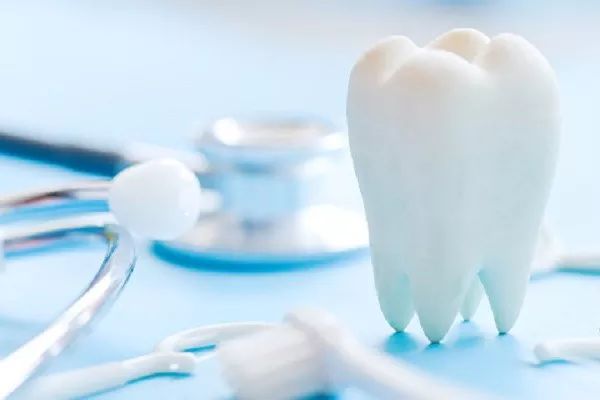Periodontal disease, also known as gum disease, is a common condition that affects millions of people worldwide. It is caused by bacterial infections that lead to inflammation and damage to the gums and bones that support the teeth. While there are many risk factors that can contribute to periodontal disease, there are three primary causes that are most commonly associated with the condition. In this article, we will explore these three causes in detail.
What Are the 3 Causes of Periodontal Disease?
-
Poor oral hygiene
The most common cause of periodontal disease is poor oral hygiene. When plaque and bacteria build up on the teeth and gums, they can cause inflammation and damage to the gums and bone. Brushing and flossing regularly, as well as regular dental cleanings, can help prevent the buildup of harmful bacteria.
-
Tobacco use
Tobacco use, including smoking and chewing tobacco, is a significant risk factor for periodontal disease. Tobacco use can reduce blood flow to the gums, which can make it harder for the body to fight off infections. It can also make it harder for the gums to heal from damage.
-
Genetics
While genetics do not directly cause periodontal disease, they can play a role in the development and progression of the condition. Some people are more genetically susceptible to periodontal disease than others. If you have a family history of periodontal disease, it is important to take extra care with your oral hygiene and to see a dental professional regularly for check-ups.
Periodontal disease is a common condition that is caused by bacterial infections that lead to inflammation and damage to the gums and bones that support the teeth. The three most common causes of periodontal disease are poor oral hygiene, tobacco use, and genetics. By taking steps to maintain good oral hygiene, avoiding tobacco use, and seeing a dental professional regularly, you can reduce your risk of developing periodontal disease and protect your smile for years to come.
































